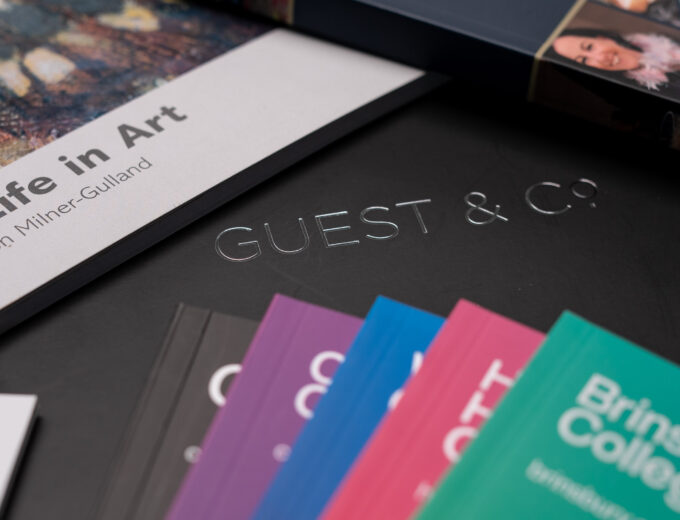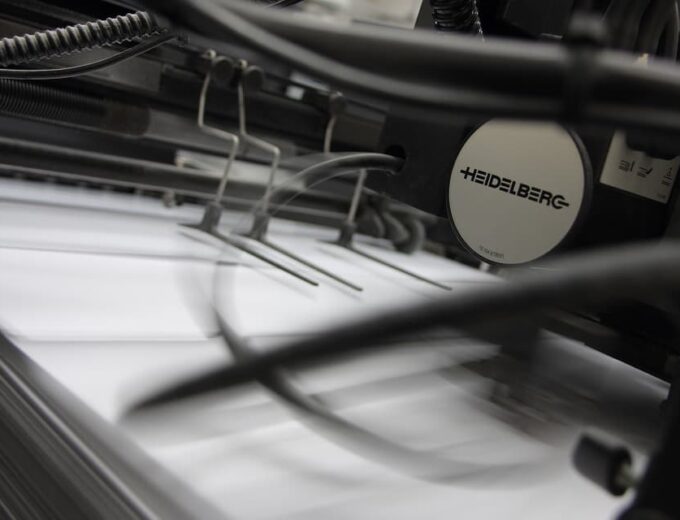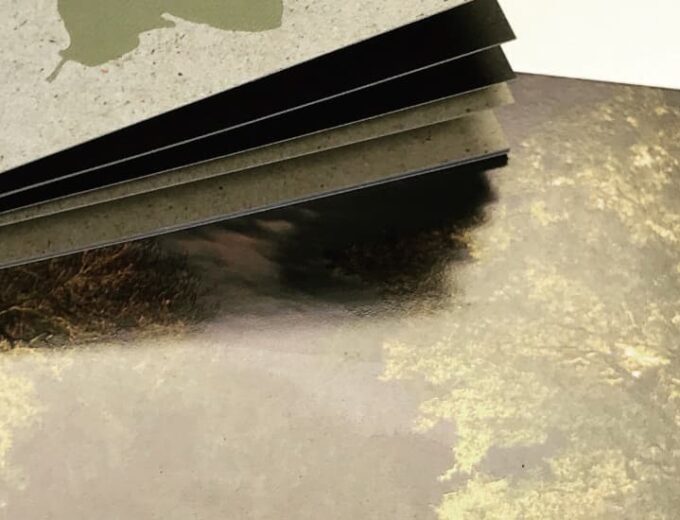Commercial Printing Types
Commercial printing encompasses the technologies and techniques used to produce high volumes of printed materials for a range of clients. The type of printer selected depends on factors like quantity, quality and turnaround needs. Lithographic, digital, large-format and eco-friendly printers are commonly used for efficient, customisable high-volume work.
While each method has strengths, innovations now blend technologies and environmental-responsibility for optimal results – it is important to understand the differences so that you can choose the ideal form of printing for your needs.
At Treetop Design & Print, we have years of experience behind us in carrying out virtually every kind of professional, commercial printing. Our has the expertise to operate and work with all types of printers no matter what you’re looking for. Through this blog, we’ll reveal some of the main types of printers that we use and provide insight and information into the kind of printing services you can benefit from.
Litho printers
Litho printers – also known as lithographic printers or offset printers – utilise wet ink and printing plates. While initially requiring major investment, litho offers affordability for large quantities and crisp, high-quality results.
Offset printers make use of a plate with the desired image on a rubber blanket, the blanket is then covered with ink and is used to apply that ink onto paper. The offset transfer allows for sharper detail than direct contact. Presses include sheet-fed for medium runs or web-fed for massive volumes. Sheet-fed setup takes longer but with lower waste for small quantities, while web-fed uses large paper rolls, suited to newspapers, books and mailers.
The major benefits include results that are highly consistent, and ideal for colour matching or alignment needs. These printers use diverse paper stocks which enables a very full range of finished products.
Digital printers
Digital printing directs files straight from the designer to the printer without the need for plates. It uses toner or inkjet printers, ideal for short runs, personalisation and print-on-demand work. While typically higher cost per unit than litho at high volumes, digital benefits include variable data use, no minimum order and fast setup.
Digital printing employs toner-based or inkjet printers transmitting files directly to the printer without plates. Digital printers make hard copies by depositing microscopic ink droplets or toner particles onto paper and other substrates.
Toner-based digital printers, like laser printers, use fine polymer powder and heat to fuse the print into the paper. They produce crisp, durable results on a range of papers but require specially-matched toners and imaging drums, increasing costs.
Inkjet printers move ink through tiny nozzles onto the paper. The nozzles deposit variable-size droplets measured in picolitres which combine to form text and images. Inkjet inks must be precisely matched to the printer model to avoid bleed or blurred edges
Products well-suited to digital printing include customised stationery, small signs, flyers, t-shirts, labels and packaging. Its customisability excels for target audiences appreciating personalised marketing or products. Digital also facilitates ‘just in time’ on-demand work when tight turnaround is imperative.
Large-format printers
Large-format printers create enormous prints, especially for outdoor signage. They use specialized equipment and inks to print on oversized and often weather-resistant materials. Large-format printing produces eye-catching results for promotional use where size and impact matter.
Two types of large-format printers are roll-to-roll and flatbed. Roll-to-roll printers feed and print onto flexible, rolled materials like vinyl banners. Flatbed printers have a flat print bed for rigid signage boards. Print sizes can reach several meters wide and long. Several inks are used like UV-curable, latex and eco-solvent inks. UV-curable inks dry using UV light. Latex inks are flexible, water-based and weather-resistant. Eco-solvent inks have lower environmental impact.
While higher in cost, large-format generates high visibility for advertising campaigns targeting key groups. Expenses are often built into marketing budgets. Quality and affordability are improving.
Commercial printing technologies continue advancing to enable not only efficiency and scale but sustainability with less environmental impact. While lithographic, digital and large-format printing remain staples for high-volume work, innovations around inks, materials and integrated processes now minimize waste and energy usage.
Selecting a printer involves balancing priorities like turnaround time, quantity, and customisation needs with quality and budget. Treetop Design & Print has years of experience in printing and we can help you with any questions or queries you have about the right printing choice for you – contact us today for more details.




